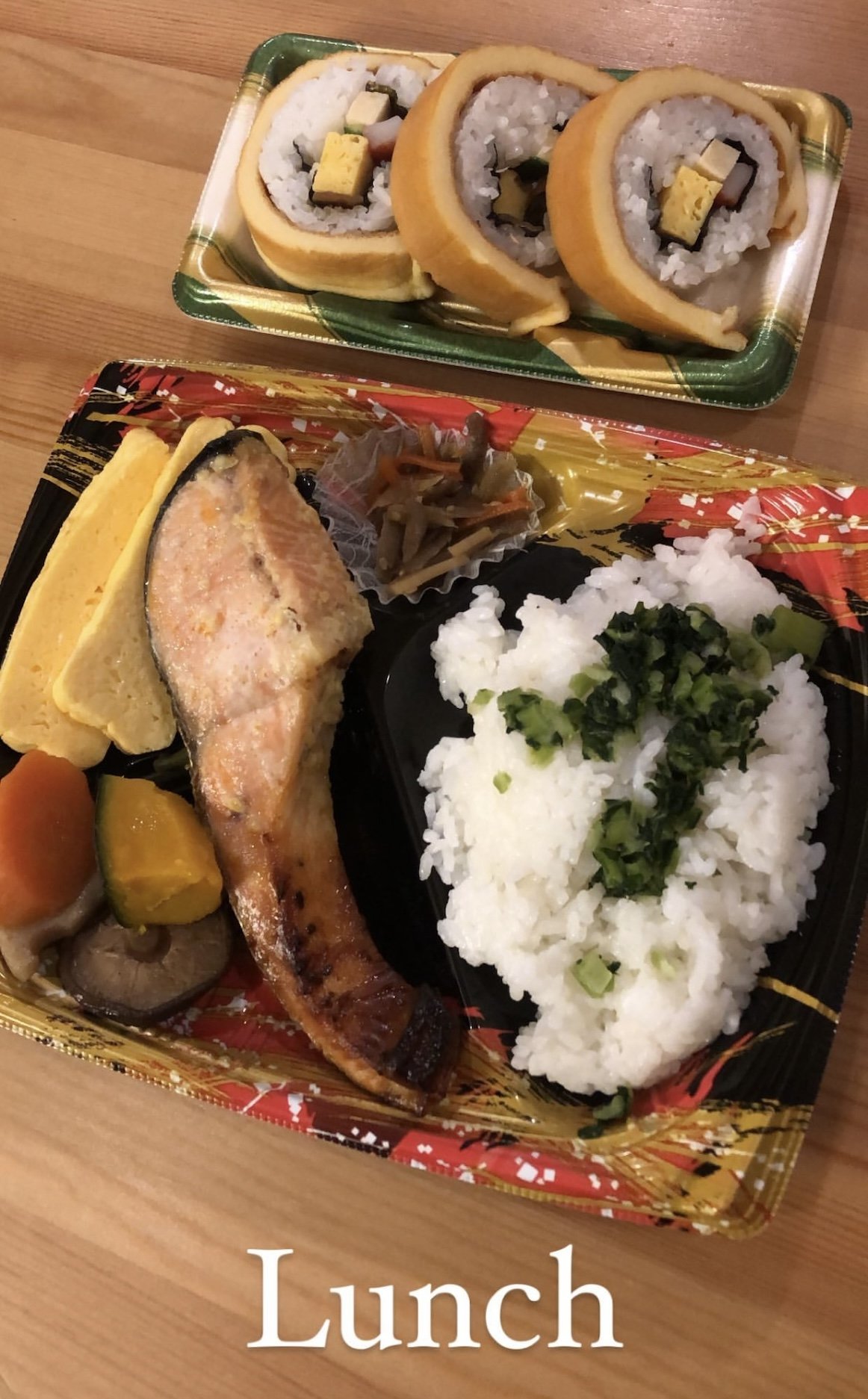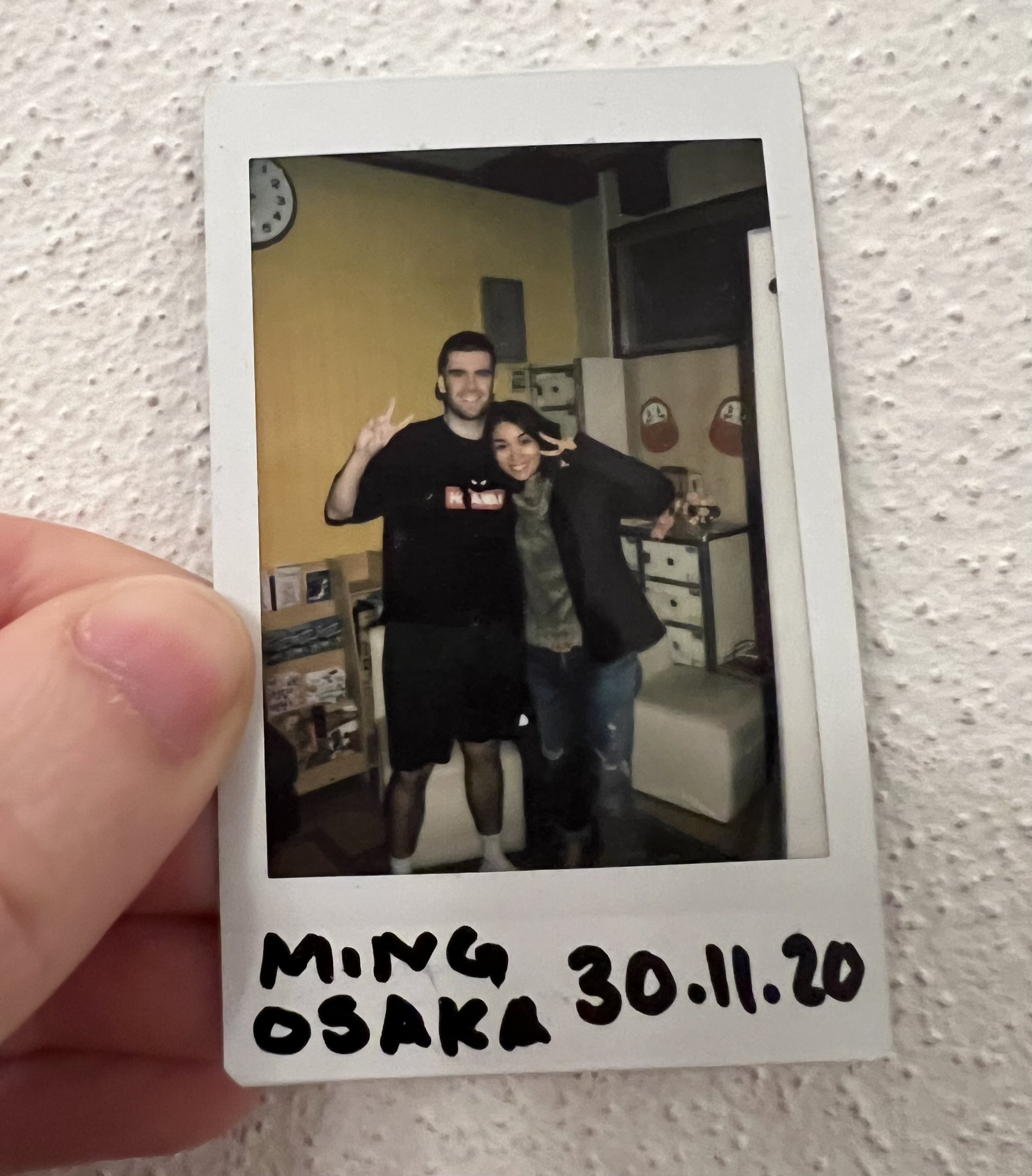Osaka Adventures: Eating Healthy on a Budget
Having spent my first few months of 2020 in Tokyo, as the second half of the year kicked off, I journeyed down to the Kansai region aboard the Shinkansen (the bullet train for you gaijins), landing in Osaka for what would become an unforgettable part of my year.
In Osaka, I settled into Hostel Furoya, a cosy nook in the Higashinari Ward, conveniently around the corner from Tamatsukuri JR Station.
Ming, a warm-hearted lady from Hong Kong, ran the hostel, which had an inviting common room lined with hundreds of manga books and graced by a One Piece statue near the entrance. With Japan's travel restrictions in full swing, I often had the place nearly to myself, sharing it with just a couple of other guests most of the time.
During this period, I was also finding my feet in the world of 1-2-1 online fitness coaching. My earnings were modest, supplemented by savings accumulated over the years. Because of that, budget-conscious living was a must whilst travelling Japan, especially when it came to food, my primary expense after rent—which my roaring metabolism at the time did not help.
My weekly routine sometimes included a short walk to the local Anytime Fitness in Higashinari. These training sessions were another enjoyable part of my day whenever I did it.
But the initial thrill of new surroundings soon gave way to the reality of living frugally.
I soon discovered that living healthily on a budget in Osaka, whilst challenging, was possible with some creativity and local knowledge picked up over time:
Fruit, often seen as a luxury in Japan, was expensive. I still remember the shock of a £50 watermelon in a supermarket.
Post-7 pm, visits to the local Life Supermarket became a ritual as I hunted for all the discounted bento boxes—still quality and delicious.
Conveyor belt sushi spots like Sushiro and Kura Sushi became my go-to for social outings, offering great value.
The complimentary green tea and ginger were a lovely part of the meals.
My strategy involved buying and enjoying one or two discounted bento boxes for dinner and saving the others for breakfast and lunch the next day. Surprisingly, the quality remained high, further proof of Japan's high food standards.
A great part about the bento boxes was that they came with the nutritional information on them, too.
I even realised, when big enough, that the discounts would save me more money than cooking for myself.
This approach sustained me and contributed to my overall well-being and fitness during my working holiday visa in Japan.
It reinforced a valuable lesson: with a bit of time, experience and adaptability, eating healthily on a budget is possible.
Yes, it'll vary from country to country—and it may be more challenging in some places. Plus, I'm aware I didn't have children or a girlfriend with me at the time, which would have made it tougher. However, it can still be doable.
This overall experience is a lesson I've carried with me, only further adding to my wisdom as a 1-2-1 online fitness coach and serving as a reminder that with the right mindset and a bit of local understanding, you can always find a way to achieve your health and fitness goals, even on a tight budget.
If you are in a similar position and have no idea what foods to buy, consider grabbing my free meal planning guide by clicking here. It's different to the usual rigid meal plan styles, as I'm not generally a fan of those. Instead, this free guide has an alternative method of setting you up for health success.
Speak soon,
Leo
P.S. Pictures below are a few of the Japanese bento boxes I bought, the Anytime Fitness in Osaka I trained at, a note the staff at Anytime Fitness gave me on Halloween, a picture of the duck mascot from my hostel, and me alongside Ming.







